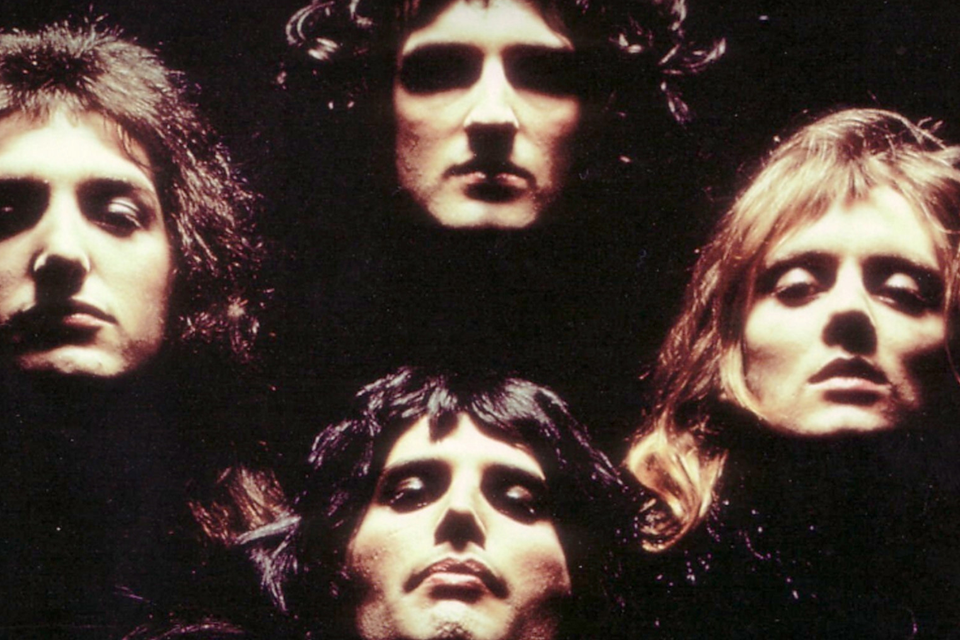Queen's landmark single Bohemian Rhapsody turns 40 this week
Musical royality: clockwise from left, John Deacon, Brian May, Roger Taylor and Freddie Mercury
As Queen's landmark single Bohemian Rhapsody turns 40 this week, Andy Welch catches up with Roger Taylor and Brian May to find out how they recorded it... and why it saved the group from splitting up.
It's difficult to imagine Queen, one of the biggest-selling, most widely known bands ever, struggling with their career. But, as drummer Roger Taylor recalls, in 1974, three albums in to their career, the band were broke and having problems with their manager, who wasn't passing on any of the cash they were making.
"We felt like this was make or break, really," he says, referring to fourth album A Night At The Opera. "This was a last big shot at it."
Cue John Reid stepping in. He was Elton John's manager at the time, and freed them of previous commitments to management and record labels, reassuring them they could do whatever they wanted.
"He said, 'Go away and make the best record you've ever made and I will sort out the money side'," says guitarist Brian May.
"I seem to recall he put us on 30 quid a week instead of 20 - and we were made."
Of course, there's a little bit more to it than that. The album they went on to make, named after the Marx Brothers film, was indeed the best album of their career, while one of its songs, Bohemian Rhapsody, changed their lives, and popular music forever.
The song is 40 years old this week, although frontman Freddie Mercury had been working on it for much longer.
"We'd had a lot of success with the third album, Sheer Heart Attack, and the singles from it, Killer Queen and Now I'm Here, were hits."
"If we hadn't made Bohemian Rhapsody, and it hadn't been the hit it was, it's doubtful whether we would've carried on," continues May.
"It took us on to another level, and we saw the power of the video as well."
Indeed, while bands had made promo films prior to Queen's outlandish video, they are widely recognised as popularising the medium, complete with big budget and special effects. They also made other bands realise they could still appear on Top Of The Pops in some shape or form, even if they weren't there in person.
When it came to performing the song live, operatic as it is, written in several movements with complex parts and multi-layered vocals, it pushed the boundaries of what could be achieved on a live stage, especially considering they were just a four-piece.
"Freddie was a great player," says May. "A wonderful player, sometimes underestimated, even by himself I have to say.
"Later on, he no longer wanted to play piano, he wanted other people to play it instead. But Freddie had this wonderful percussive, rhythmic touch, unequalled actually. And he could just drive the band effortlessly."
"There was a lot of that going on," continues Taylor, who says Mercury's hands were crossing over on the piano, something not generally advised by teachers, but the only way the flamboyant frontman could recreate the elaborate part he'd created.
"His hands were crossing over so much, he rubbed half his nail varnish off. What a poser."
From album fodder to worldwide hit
Join the Belfast Telegraph WhatsApp channel
Stay up to date with some of Northern Ireland's biggest stories

